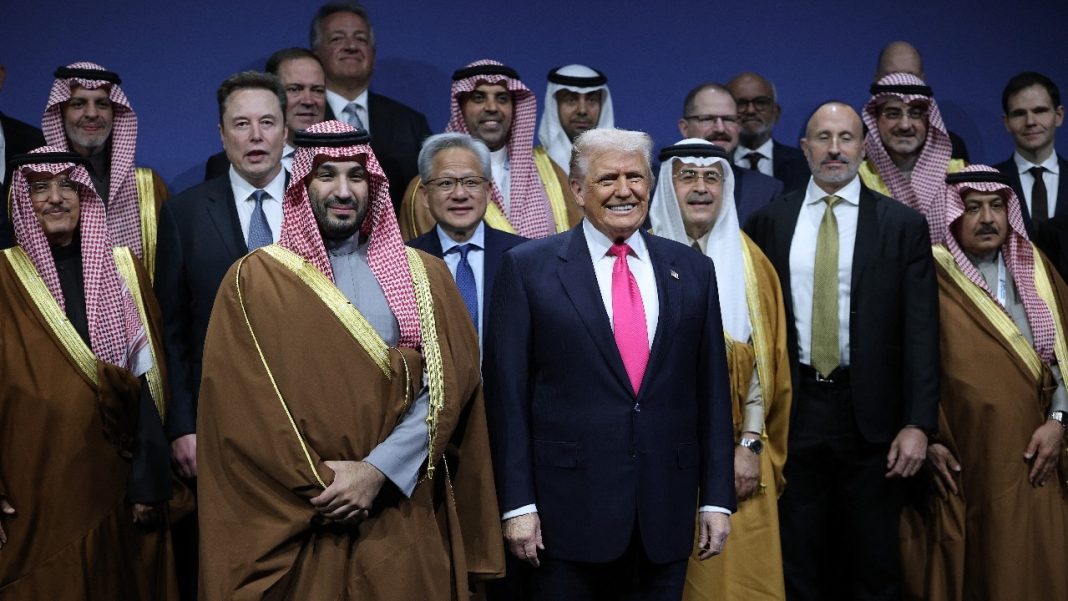The H1B visa program, a pathway for highly skilled foreign workers to fill critical gaps in the US economy, has long been a subject of intense debate, especially within the Indian diaspora and the technology sector. Often caught in the crosshairs of immigration policy discussions, its future has frequently appeared uncertain. Former President Donald Trump, known for his “America First” stance and stringent immigration rhetoric, has historically pursued policies aimed at limiting foreign worker intake. However, recent observations suggest a more nuanced, pragmatic perspective emerging from his camp, particularly regarding the indispensable role of Indian foreign workers in the American landscape.
Navigating the H1B Landscape: Trump’s Evolving Discourse
During his first term, the Trump administration implemented policies under the ‘Buy American, Hire American’ executive order, leading to increased scrutiny of H1B applications, higher denial rates, and efforts to reform the lottery system. The prevailing narrative centered on protecting American jobs and preventing the exploitation of the visa program. This approach naturally caused apprehension among Indian professionals and IT companies heavily reliant on the H1B visa.
However, as the US grapples with specific skill shortages, particularly in critical sectors like technology, healthcare, and advanced manufacturing, the conversation has begun to evolve. Recent statements attributed to Trump indicate a recognition that while overall immigration might be a concern, the strategic intake of highly skilled individuals is vital for national economic strength. This shift is not necessarily a reversal of his ‘America First’ philosophy but rather an acknowledgment that attracting and retaining top global talent, including from India, aligns with the goal of bolstering American competitiveness.
The Indian Talent Pipeline: Fueling American Innovation
India remains the largest source country for H1B visa holders, a testament to its robust education system and the sheer volume of skilled professionals, particularly in STEM fields. These workers are not merely filling vacancies; they are actively contributing to innovation, driving economic growth, and often founding new businesses that create more jobs. From the bustling tech hubs of Silicon Valley to cutting-edge research laboratories, Indian engineers, scientists, and IT professionals are at the forefront of technological advancements.
The argument for needing Indian foreign workers extends beyond simply filling immediate job openings. It’s about leveraging a global talent pool to maintain America’s leadership in critical industries. Many H1B visa holders work on projects that are fundamental to US economic security and global standing, contributing billions in taxes and stimulating local economies through their consumption. To lose this talent, or to make it prohibitively difficult for them to contribute, would risk ceding America’s competitive edge to other nations eager to attract these skilled individuals.
“We want people to come into our country who can help make America great, who can innovate and lead in technology. Many of these incredibly talented individuals, particularly from places like India, are essential for our economic future and for keeping us competitive on the global stage,” a statement attributed to him during a recent address, underscored a potential shift in emphasis towards a pragmatic approach to retaining top global talent.
Economic Imperatives and Future Trajectories
The recognition of India’s contribution appears to stem from a pragmatic understanding of economic realities. The US economy thrives on innovation and a dynamic workforce. In an era of rapid technological change, the ability to attract and retain the best minds globally is a significant asset. Restricting the flow of highly skilled workers could lead to critical skill gaps, stifle innovation, and potentially push companies to relocate operations or talent offshore.
Furthermore, the current global geopolitical landscape necessitates a focus on strengthening strategic partnerships. India and the US share burgeoning economic and strategic ties, and a more accommodating approach to skilled Indian professionals could serve to deepen this relationship. While the debate around H1B visas will undoubtedly continue, the evolving discourse suggests a growing consensus, even among those previously skeptical, that a selective, merit-based immigration system that welcomes top talent is not just beneficial, but essential for America’s long-term prosperity and innovation leadership.
In conclusion, the H1B visa program remains a complex and politically charged issue. Yet, the acknowledgment from prominent figures like Donald Trump regarding the need for skilled Indian foreign workers marks a significant moment. It reflects a growing understanding that global talent, particularly from countries like India, is not merely a supplement but a vital component in sustaining America’s economic dynamism and technological prowess in the 21st century. This pragmatic shift could herald a future where immigration policies are increasingly shaped by economic imperatives and the global race for talent.




